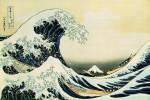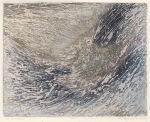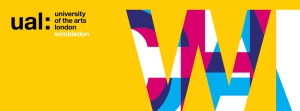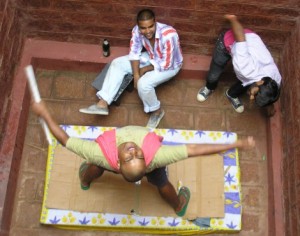 The other day, at a book release at our neighbouring Central University, MANUU, I heard the chief guest quote Allama Iqbal. Apparently (or so I gathered) when his son was setting off for higher studies in London, the great poet said to him: … خدا تجھے کسی طوفان سے آشنا کر دے کے تیرے باہر کی موجوں میں اضطراب نہیں (Khuda tujhe kisi toofan se ashna kar de, ke tere bahr ki mojon mein iztirab naheen).
The other day, at a book release at our neighbouring Central University, MANUU, I heard the chief guest quote Allama Iqbal. Apparently (or so I gathered) when his son was setting off for higher studies in London, the great poet said to him: … خدا تجھے کسی طوفان سے آشنا کر دے کے تیرے باہر کی موجوں میں اضطراب نہیں (Khuda tujhe kisi toofan se ashna kar de, ke tere bahr ki mojon mein iztirab naheen).
I’ve looked for translations, and while none of them captures the nuance of the Urdu, the closest I could find is May God grant you a storm! The voyage of your life is on too placid an ocean…
 Literally, though the verse reads in translation, “May God bless you with some storm, because the waves in your ocean (of self) are devoid of agitation (turmoil)”. There is the resonance with Shakespeare, when Brutus talks of the “tide in the affairs of men.
Literally, though the verse reads in translation, “May God bless you with some storm, because the waves in your ocean (of self) are devoid of agitation (turmoil)”. There is the resonance with Shakespeare, when Brutus talks of the “tide in the affairs of men.
Which, taken at the flood, leads on to fortune; […] And we must take the current when it serves“, as well as the famous Chinese curse, May you live in interesting times!
The appositeness of the advice is something I have had occasion to reflect upon, as we pass through these interesting times. We at the UoH have such great privileges- our campus, its freedoms, its autonomy- and one cannot but feel that we should be doing something more. More what, one might well ask, so to turn the question around, is what we do enough? Just enough, barely enough or well enough? These are questions for which there are many answers, so all things considered, I think it is preferable that we have the occasional iztirab, a little anxiety, a little uneasiness. A state when we are not too comfortable is more conducive to self-examination, and thereby one hopes, to more discussion, creativity, and thereby to evolution.
But not too much discomfort, though! In the fluid case, in some ways the most interesting situation is that of intermittency, when there is smooth flow much of the time, interrupted by staccato bursts of turbulence. As much as we need the iztirab to evolve, we also need some undisturbed period to think, and to consolidate… But that is not a luxury one can always be assured of! There are enough forces at work and play both inside the University and outside it, that make this an ongoing challenge.
The images of the turbulent waves above are by artists whose work has been very inspirational: the iconic and familiar print by Hokusai and closer to home, the wave by Krishna Reddy, the great printmaker who lives in New York and who taught for many years at NYU.




